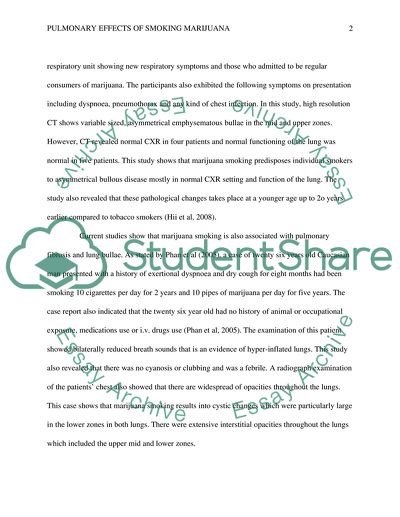Cite this document
(“Pulmonary Effects Of Smoking Marijuana Dissertation”, n.d.)
Pulmonary Effects Of Smoking Marijuana Dissertation. Retrieved from https://studentshare.org/health-sciences-medicine/1662491-pulmonary-effects-of-smoking-marijuana
Pulmonary Effects Of Smoking Marijuana Dissertation. Retrieved from https://studentshare.org/health-sciences-medicine/1662491-pulmonary-effects-of-smoking-marijuana
(Pulmonary Effects Of Smoking Marijuana Dissertation)
Pulmonary Effects Of Smoking Marijuana Dissertation. https://studentshare.org/health-sciences-medicine/1662491-pulmonary-effects-of-smoking-marijuana.
Pulmonary Effects Of Smoking Marijuana Dissertation. https://studentshare.org/health-sciences-medicine/1662491-pulmonary-effects-of-smoking-marijuana.
“Pulmonary Effects Of Smoking Marijuana Dissertation”, n.d. https://studentshare.org/health-sciences-medicine/1662491-pulmonary-effects-of-smoking-marijuana.


